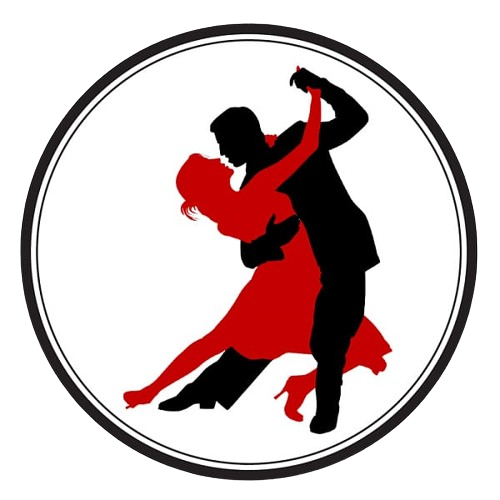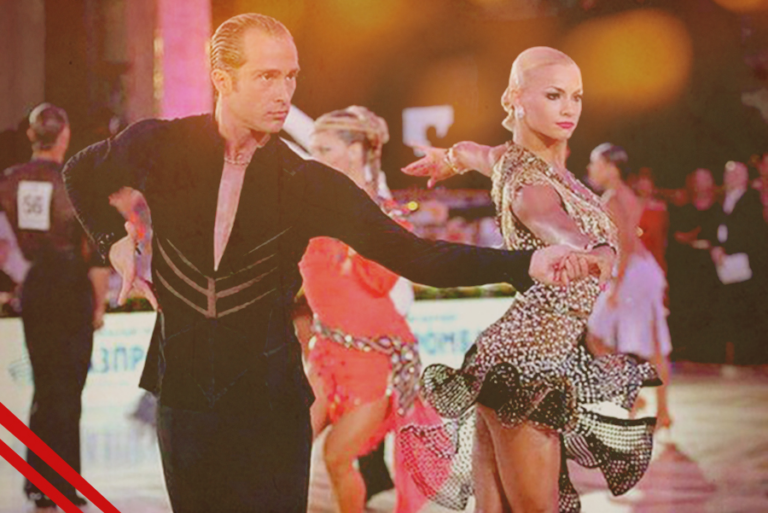The Influence of Cultural Diversity on Ballroom Dance

Ballroom dance, with its intricate choreography and captivating performances, serves as a global language that transcends borders. One of the key factors contributing to the richness and diversity of ballroom dance is the profound influence of various cultures from around the world. This article explores how cultural diversity has shaped and continues to influence the evolving landscape of ballroom dance, adding depth, vibrancy, and a kaleidoscope of expressions to this enchanting art form.
Roots in Cultural Traditions: Ballroom dance traces its roots to diverse cultural traditions, and its evolution has been significantly shaped by the fusion of various dance styles. From the refined elegance of European court dances to the lively rhythms of African and Latin American dances, the amalgamation of cultural elements has given rise to a dynamic and eclectic repertoire within the ballroom genre.
Latin American Influence: Passionate Rhythms and Expressive Movements Latin American dances, including the Samba, Rumba, Cha-Cha, and Paso Doble, have had a profound impact on the world of ballroom dance. Characterized by spirited rhythms, expressive movements, and vibrant costumes, these dances reflect the cultural richness of regions such as Cuba, Brazil, and Spain. The incorporation of Latin American influences has injected passion and intensity into ballroom performances, creating a dynamic fusion of styles.
Asian Contributions: Grace, Precision, and Traditional Elegance Asian cultures, particularly those of China and Japan, have left an indelible mark on ballroom dance. The influence of traditional Asian dance forms is evident in the emphasis on grace, precision, and storytelling through movement. The integration of elements such as fan dances and graceful hand gestures adds a touch of Asian elegance to ballroom performances, creating a harmonious blend of East and West.
African Roots: Rhythmic Beats and Lively Movements African dance traditions, characterized by rhythmic beats, syncopated footwork, and a strong connection to music, have significantly impacted ballroom dance. The infusion of Afro-Latin rhythms into dances like the Samba and the Mambo showcases the lively and celebratory nature of African influences, adding an infectious energy to the ballroom repertoire.
Cultural Fusion in Contemporary Ballroom: In today’s globalized world, ballroom dance continues to evolve through the exchange of cultural influences. Contemporary choreographers and dancers draw inspiration from a multitude of cultures, seamlessly integrating diverse elements into their routines. This cross-cultural exchange not only fosters innovation but also promotes understanding and appreciation for the richness of global dance traditions.
Promoting Inclusivity and Understanding: The incorporation of diverse cultural influences in ballroom dance serves as a powerful tool for promoting inclusivity and understanding. By embracing a broad spectrum of dance styles and traditions, ballroom dance becomes a celebration of diversity, breaking down cultural barriers and fostering a sense of unity among performers and audiences alike.
Conclusion: The influence of cultural diversity on ballroom dance is a testament to the art form’s ability to adapt, evolve, and transcend cultural boundaries. As dancers from different backgrounds contribute their unique styles and traditions, ballroom dance emerges as a celebration of global unity, where the rich tapestry of cultures intertwines to create a truly mesmerizing and inclusive dance experience.



